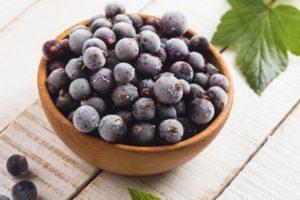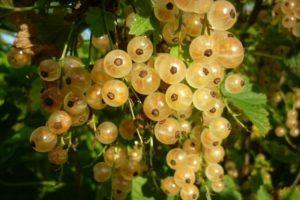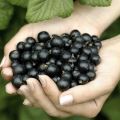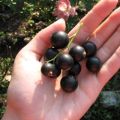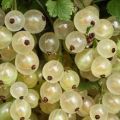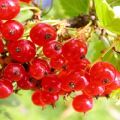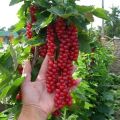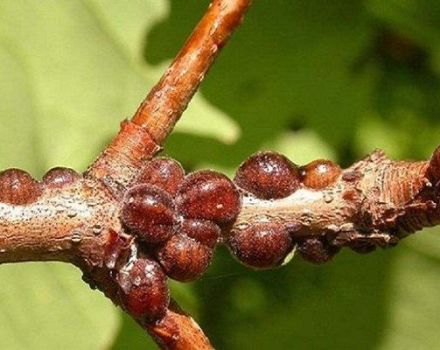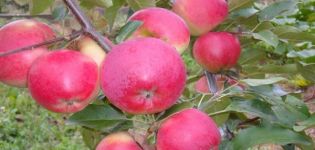How to grow currants on a trunk with your own hands step by step, planting and care,
Cultivation of certain varieties of currants on a stem can significantly reduce labor intensity, facilitate care and harvesting. This is a great option for a small area because the bushes take up less space than traditional techniques and can be planted close to each other. The formation of the trunk is carried out within three years. The fulfillment of the task is within the power of any gardener.
What is a standard currant?
The stem is a section of the trunk from the soil level to the first branches of the lower level. Standard currant looks like a small tree. The bush plants are given the necessary shape immediately after planting. As a result, there are more fruits, they are larger, more aromatic and tastier. Positive changes are associated with better sunlight intake.
Advantages and disadvantages
Growing on a trunk is an easy way to get a good harvest. There are many more advantages than when using traditional methods. This list is as follows:
- the garden area is effectively used;
- it is possible to plant a cuttings with one bud;
- the sun's rays are evenly distributed;
- bush plants are decorative;
- the clusters of berries and the fruits themselves are large, the aroma is more pronounced, the taste is more pleasant;
- care and harvesting are carried out with less labor costs (berries can be shaken off by hand without harming the bush);
- no nutrients are spent on the formation of basal shoots;
- berries ripen faster;
- yield losses are minimal;
- the risk of developing diseases and damage by pests is reduced;
- the period of life of culture and fruiting is increased.
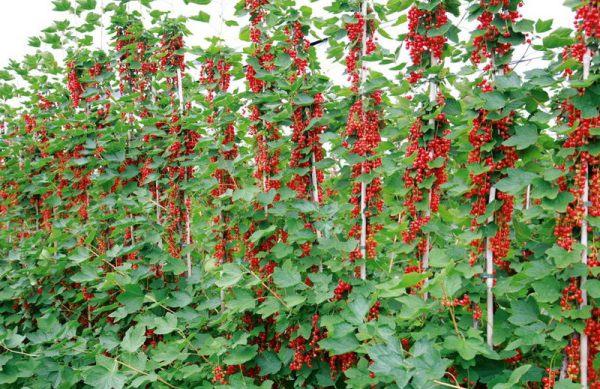
With so many pluses, the minuses are insignificant. But still they do exist and they should be taken into account, if possible, excluded. Disadvantages of growing a standard culture:
- the trunk is high, therefore it is not completely covered with a snow layer, which is associated with the need to provide pre-winter shelter (the black variety is more susceptible to frost than the red or white variety);
- in a strong wind, trees break, therefore a strong support is required;
- after 7 years, there is a sharp decline in yield, there is no possibility of its recovery.
Landing features
Finding out for yourself how to grow a standard currant, you should familiarize yourself with the peculiarities of planting a culture. Spring and autumn are suitable for work. The specific period is chosen depending on the climatic zone.For example, if there is a lot of snow, planting is carried out in the fall, with a small snow cover - in the spring.
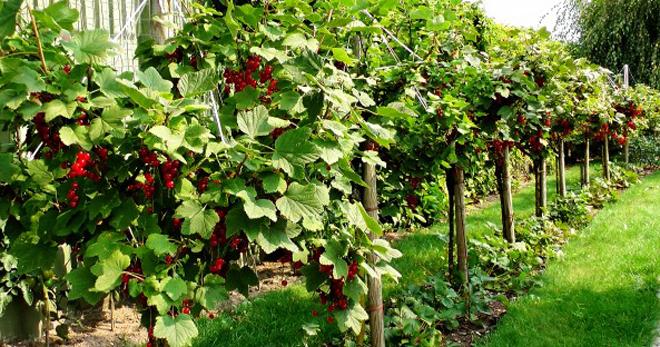
Prepare a planting pit of standard dimensions - 0.5 x 0.5 x 0.5 m. Put humus or compost and add 2 glasses of ash. Next, they drive in a reliable support that the plant needs throughout its life. The seedling is placed vertically in the pit, without tilting, then attached to the support. The spread roots are buried in and provide abundant watering.
Selection of varieties of currants
Both dark and light currants are suitable. But in order to get the expected result, it is necessary to correctly select the varieties of standard plants. The most common options are listed below:
- Black currant. This type of bush plant is the most popular, but it suffers more than others from severe frosts. The best varieties include Pamyatnaya, Monasheskaya and University currants, Aist. You should not grow black currants in Siberia and in other areas where low temperatures prevail.
- Red Ribes. No special conditions required. Red currant grows well on a trunk. The main thing is to choose the right crop variety. The most common options are Bayan, Rondom, Natali, Viksne, Sugar variety. The fruits are great for making desserts.
- Yellow (white) currant. This variety is highly regarded in Europe. The best variety is Imperial Yellow. Flowering is later than that of dark currants, because the culture does not suffer from frost.
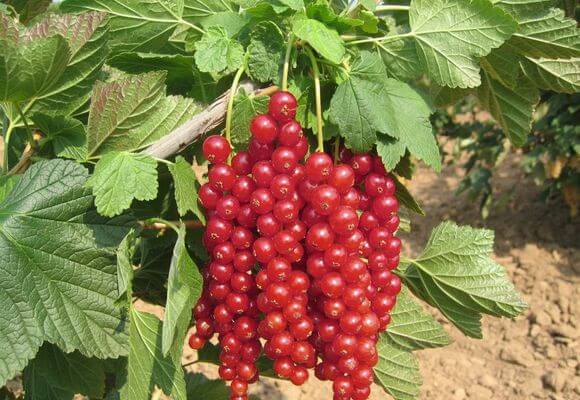
How to grow currants on a trunk with your own hands?
You can grow a standard plant with your own root stem and on a stock. The first method is old and has been successfully used for many years. For the first time, gardeners implemented this technique more than 100 years ago. The second method is no less common, it is often used in nurseries in Europe.After grafting, lateral shoots appear again and again, this is carefully monitored and in time they get rid of excess parts of the plant.
Own-rooted bole
In this way, you can form any seedling: both taken from the site and purchased in the nursery. The procedure is as follows:
- In the spring, when sap flow has not yet begun, all the shoots are cut off, except for one - the most developed and straight one, the length of which ranges from 80 cm to 1 m.
- Pinch the top of the selected shoot.
- Leaving 3-4 buds on top, the rest, located at the lower level, blind.
- After the lateral shoots have formed, they are pinched over the 3-5th leaf.
- In the second year, pinching of the growing shoots is repeated.
- In the future, pruning is performed for sanitary or thinning purposes.
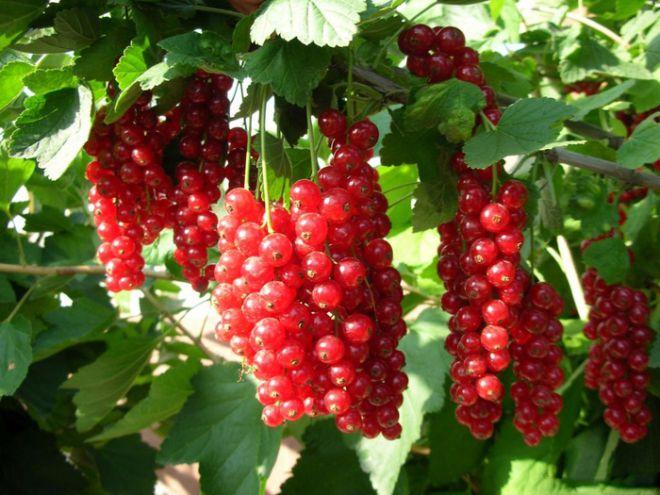
Stock on stock
For the scion, a lignified stalk with dormant buds is prepared, the optimal thickness is 4-5 mm. Cuttings that are too young may not take root. They act step by step:
- Initially promotes vertical plant growth. The stock is prepared using a layering or rooted cutting. The plant is planted when the stock reaches the required size (thickness - 4-5 mm, height - 80 cm). To make the trunk thicker faster, the side branches are gradually removed.
- You can prepare a cutting of any kind of currant from those that are suitable for growing on a trunk. However, many gardeners recommend giving preference to bush plants that are resistant to the negative effects of pests and low temperatures. The required length of the scion is 3-4 buds.
- The inoculation into the stem is carried out by improved copulation.
- Next, they move on to blinding the kidneys on the trunk.
- When the length of the side shoots of the scion is 10-15 cm, pinching is performed over the third leaf. This is the maximum length, with a higher value of the indicator, the integrity of the plant base may be violated.
- After a year, new side shoots are pinched.
- In the third year, the plant is periodically pruned, thinned if necessary.
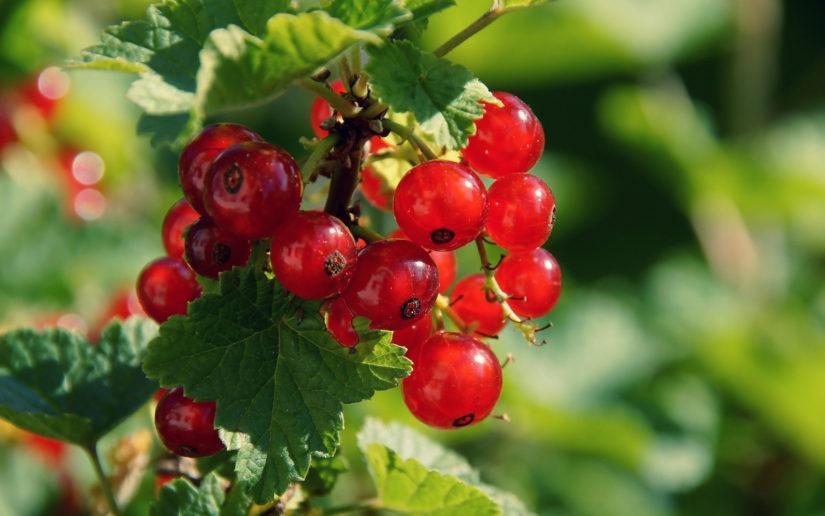
The nuances of caring for standard currants
In order for the standard plant to grow resistant to negative factors, and the fruits are large, juicy and tasty, several important points are taken into account:
- Correct fit. The rules are different for all varieties and varieties of crops. Full adherence to the technological process also implies an understanding of the features of pit preparation, fertilization, and garters.
- Top dressing. Not everyone adheres to this rule, but in vain, because using top dressing, you can significantly increase the yield.
- Protection from pests and diseases. Currant is a vulnerable crop, therefore there is a need for the implementation of preventive and therapeutic measures. With this approach, there is a high probability of preserving the crop.
- Pruning and watering. It is important to cut off excess branches in a timely manner and water the plant regularly.
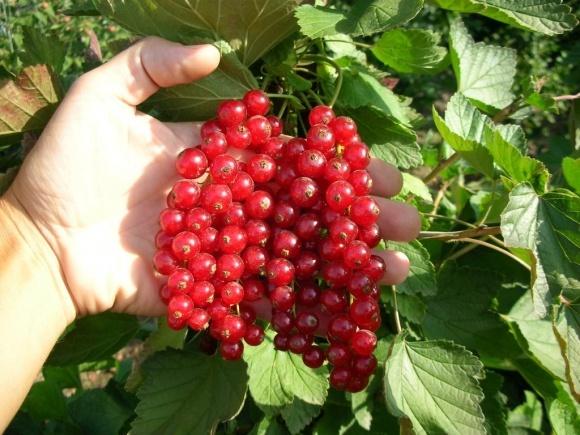
Watering
Excess moisture and stagnant water are undesirable. Nevertheless, watering must be carried out regularly, avoiding overdrying of the soil. Otherwise, the quality of the crop will deteriorate not only in a particular year, but also in subsequent ones. The buds of plants that lack moisture are very weak, the berries are smaller and quickly crumble. The effects of drying are observed for a long time.
Abundant watering is required only in the fall and during the period of fruit filling. Root growth continues almost until the end of the autumn season, therefore, from September to the end of October, standard currants are watered 2-3 times more.
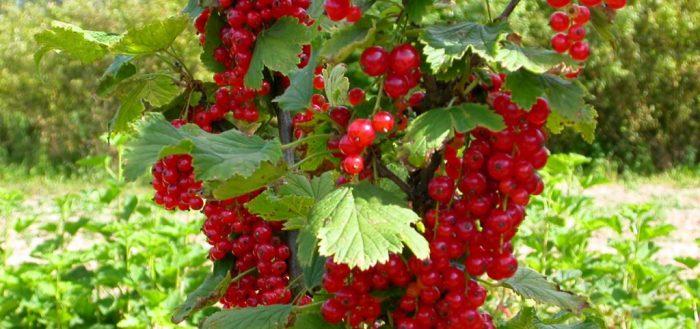
Loosening, mulching
Tillage starts in the last days of April. When loosening, maintain a depth of 7 cm. Further, the soil is mulched. The optimal thickness of the mulch layer is up to 10 cm. Loosening is performed every 14 days, weeds are also weeded.
Fertilization
When planting plants, lime is added to the soil (0.3-0.8 kg / m2 at pH 4–5.5). For 1 sq. m of soil, it is enough to apply a mixture of the following substances: potassium sulfate - 25–35 g, granular superphosphate - 150–200 g, organic matter - 3-4 kg.
Fertilizers containing potassium, phosphorus and nitrogen are very useful for currants. To saturate the soil with these elements, you can apply manure or humus. It is also important to remember about the dangers of chlorine, therefore, before buying, you should carefully study the composition of the selected fertilizer. Spraying with fresh cow's milk helps to increase the yield; it is previously combined with water in a ratio of 1:10.
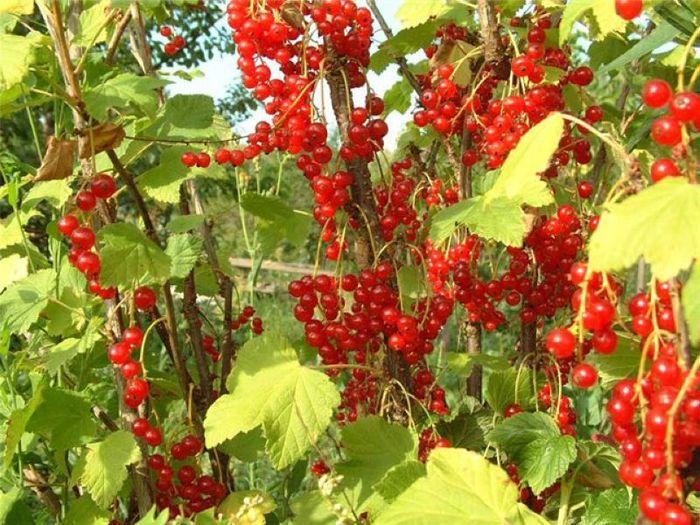
Pruning
Late autumn and early spring are suitable for pruning, namely, the period when the leaves have already fallen off or have not yet formed. The plant is formed from 16-20 branches of different ages, leaving 3-5 zero shoots annually. Branches, fruiting of which lasted 6-7 years, are removed.
A thorough examination of the bush plant is carried out, according to the results of which very long and too low, branched, crooked and tangled branches are cut off, which impede the normal growth of other shoots. After the completion of the work, sections larger than 8 mm are treated with garden pitch.
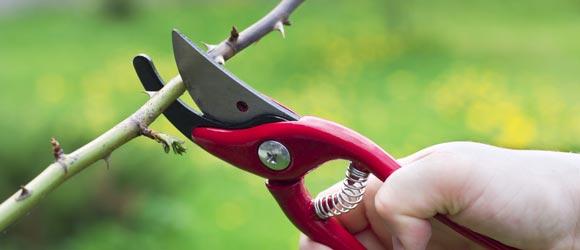
Garter
Usually, the need for a garter arises in the fourth or fifth year of the plant's life, when the tree is large, spreading. In areas with gusty winds, a garter is used as a way to protect against negative impacts. Correct pruning helps to prevent pronounced sagging of branches. Leave up to 20 shoots, the remaining branches are attached to the support.
Pre-winter shelter
Currants are prepared for wintering by performing the following steps:
- 14 days before frost, the currants stop watering, which allows the plant to shed its leaves;
- collect fallen leaves and remove the old layer of mulch;
- the length of the branches is reduced by 10-15 cm if this stage was skipped last year;
- the soil is loosened if fertilizers were not applied after harvesting, fertilized with a potassium-phosphorus composition, then spud to a height of 10 cm, mulched with sawdust or fallen leaves from ornamental plants (the optimal layer thickness is 5-7 cm);
- watering is allowed just before the frost and only if the soil is very dry (the mulch is previously moved aside).
In the northern regions, the branches are bent to the snow cover, which reduces the risk of freezing.Growing currants on a trunk is a creative process. This approach to planting a plant allows you to save space in your garden and arrange many trees on a small plot of land. As a result, the bush plant takes on an attractive appearance and produces a good harvest. There are a lot of advantages, but there are practically no disadvantages.
